Peru’s Independence Days are more than just two days of rest; they are a celebration of national pride for the historic moments that marked the country’s formation. Every July 28th and 29th, all of Peru is filled with the colors of red and white, remembering with respect and admiration the independence and honoring those who built our country. From the traditional Address to the Nation to the civic-military parades, these days bring together families, communities, and visitors in a celebration of identity.
In this blog, you’ll learn the details of Peru’s Independence Days, and the main activities that take place during these days. We’ll also learn how they are celebrated in other regions of the country and the role that national symbols play during these holidays.
If you are in Peru or plan to visit in July, this guide will be useful for understanding the historical and cultural context of the celebrations, as well as offering practical recommendations to make the most of Peru’s Independence Days.
What are the most important national holidays in Peru?
Peru’s Independence Days are not only a commemoration of Peru’s independence, but also an event to strengthen identity and unity. They allow for reflection on history, appreciation of national symbols, and recognition of the role of state institutions.
During these dates, the government presents a summary of its achievements and projects its goals for the following year, making the event a key moment for both citizens and the media.
History of Peru’s Independence Days
The history of Peru’s Independence Days is deeply linked to the country’s independence process. These festivities primarily commemorate July 28, 1821, the date on which General José de San Martín declared Peru’s independence in Lima’s Plaza Mayor, thus marking the end of Spanish colonial control. However, independence was a complex process that involved multiple actions and struggles in different regions of Peru before and after this date.
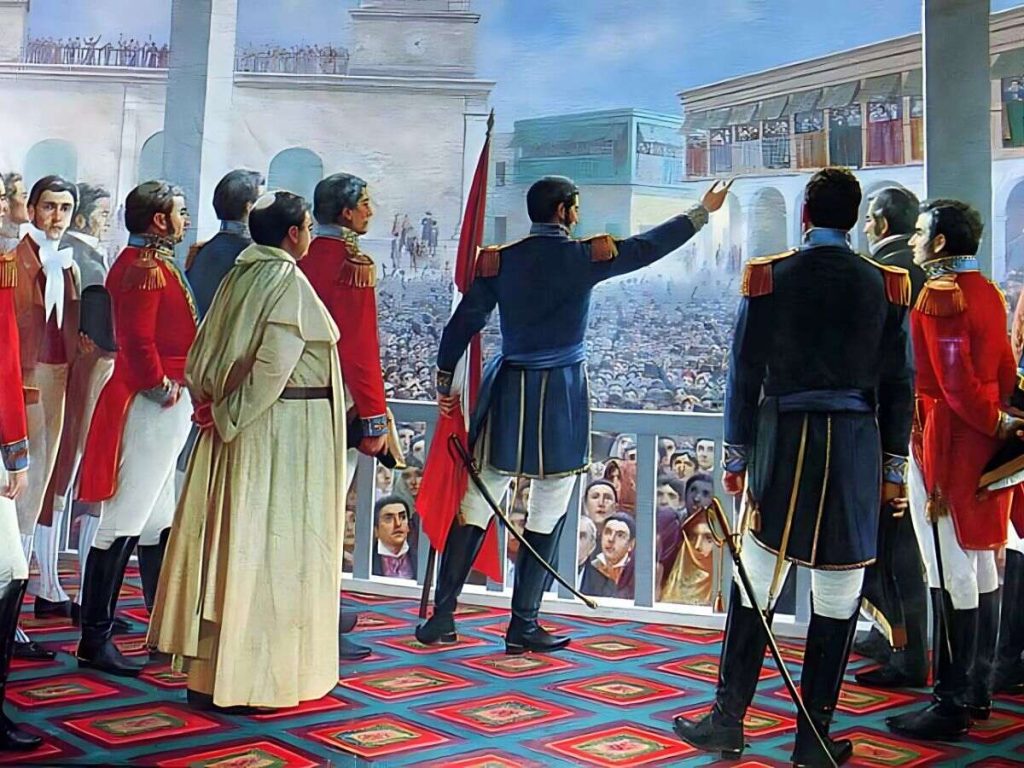
July 29, which is also part of Peru’s Independence Days, was later established to pay tribute to the Armed Forces and the National Police, recognizing their role in defending the country’s sovereignty and order. Over the years, these dates have become established as national holidays and moments of unity and celebration throughout Peru, reflecting both pride in history and commitment to the nation’s future.
Peru’s Independence Days | July 28
Peru’s Independence Days are celebrated with great enthusiasm and community participation. During these days, streets, institutions, and homes are decorated with flags, red and white chains, and patriotic symbols that reflect national commitment. National holiday celebrations combine official events, religious ceremonies, cultural events, and parades that bring together thousands of people to commemorate independence and honor the Armed Forces and the National Police.
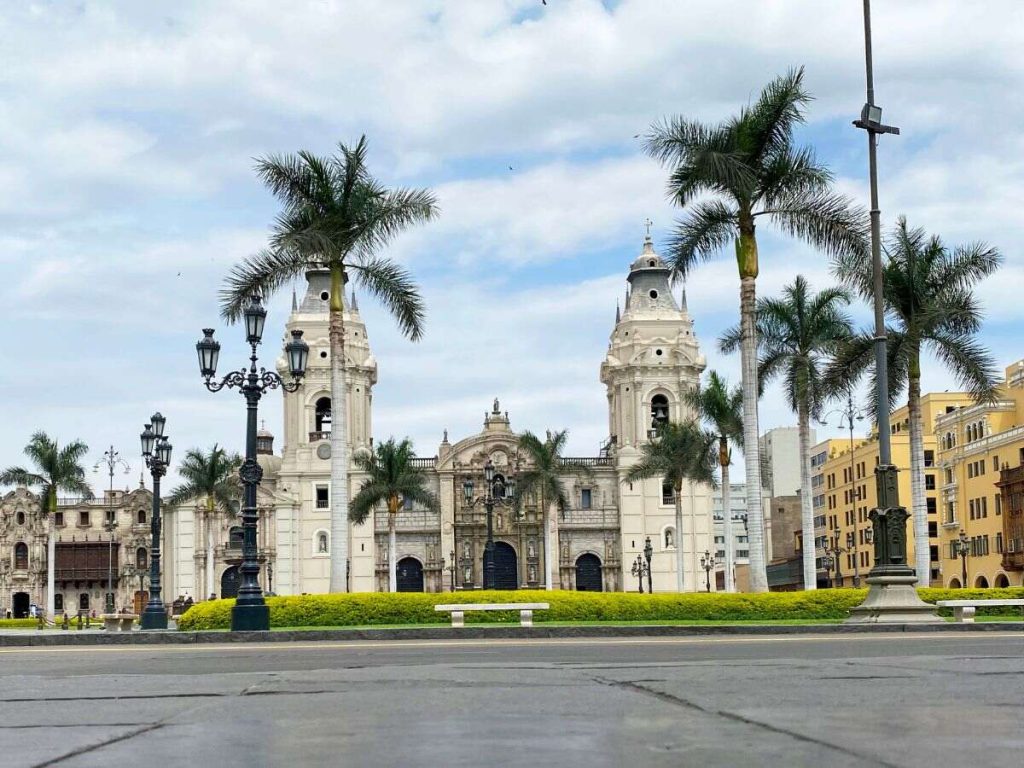
Raising the flag in homes and institutions
On July 28th, at the beginning of the day, the flag is raised in Lima’s Plaza Mayor. Similarly, in various cities across the country, this custom continues throughout the day, accompanied by the playing of the National Anthem, serving as a constant reminder of civic duty.
Te Deum Masses
The Te Deum Mass is a religious ceremony held throughout the country, but primarily in Lima’s cathedral. This Mass brings together the highest authorities of the State, representatives of the Armed Forces, the National Police, and civil society to give thanks to God for the country’s independence and well-being.
Ceremony at the Congress of the Republic
Following the Te Deum Mass, a ceremony is held in the Congress of the Republic, where the country’s highest authorities gather to deliver speeches dedicated to independence, highlighting Peru’s history, patriotic values, and progress. Recognition of outstanding individuals, institutions, and groups is also included.
Civic Parade
The Civic Parade is one of the most iconic activities of Peru’s Independence Days are celebrated with great enthusiasm and community participation. and typically takes place in various departments of Peru on the days leading up to or on July 28th. Educational institutions, social organizations, local authorities, and other community groups participate in this event.
During the parade, participants march through the main streets wearing traditional costumes and school uniforms, carrying flags or national symbols such as the rosette.
Message to the Nation
Every July 28th, as a central part of Peru’s national holiday celebrations, the president of Peru delivers the traditional Address to the Nation from the Congress of the Republic. This speech is a republican act of accountability, where progress is reported on over the past year, the government’s achievements are presented, and policies and goals for the future are announced.
The Address to the Nation is followed with great attention by citizens and the media, as it sets the country’s political and social course. It also symbolizes the bond between the government and the population.
Civic-Military Parade for Peru’s Independence Days | July 29
The Civic-Military Parade takes place every July 29th as part of the official celebrations of Peru’s Independence Days. This event is a show of respect and tribute to the Armed Forces and the National Police, recognizing their work in national defense and security.
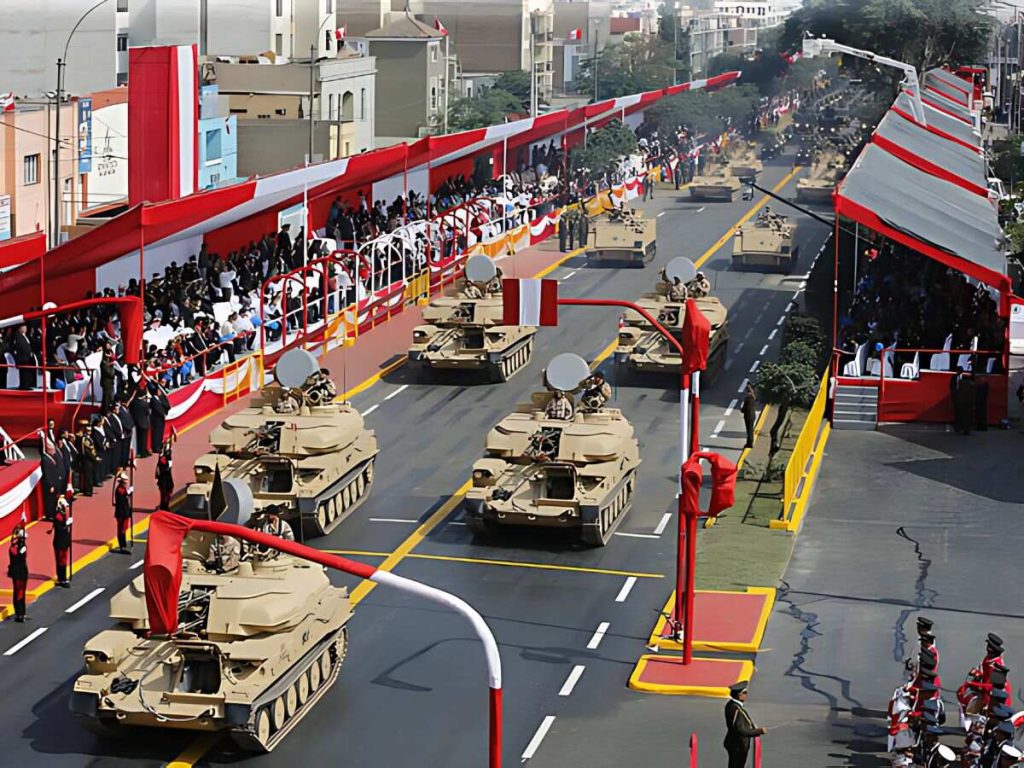
The parade takes place on Avenida Brasil in Lima. It features units from the Army, Navy, Air Force, and Police. School delegations, civil institutions, and social organizations also participate. This display highlights order, discipline, and commitment to the nation. This event is followed by thousands of citizens, either by visiting the military parade or watching through the media.
Independence Days Celebrations in other regions of Lima
The National Holidays in Peru are celebrated not only in Lima but also in the country’s various departments. Each region commemorates this date with its own traditions, customs, and cuisine, reflecting Peru’s cultural diversity. Here’s how these celebrations are celebrated in some regions:
Independence Days in Cusco
The imperial city, located at 3,399 meters above sea level, joins the national holidays with civic parades on the Avenue of Culture and in the Plaza de Armas, where representatives of its 13 provinces, schools and delegations such as the National Police and the Cusco Infantry participate. This festivity is accompanied by traditional dances such as the Qhapac Chunchu, the Ukuku dance, Mestiza Qoyacha and others. An important aspect during these festive dates is the variety of typical dishes such as corn with cheese, tamales or chiriuchu.
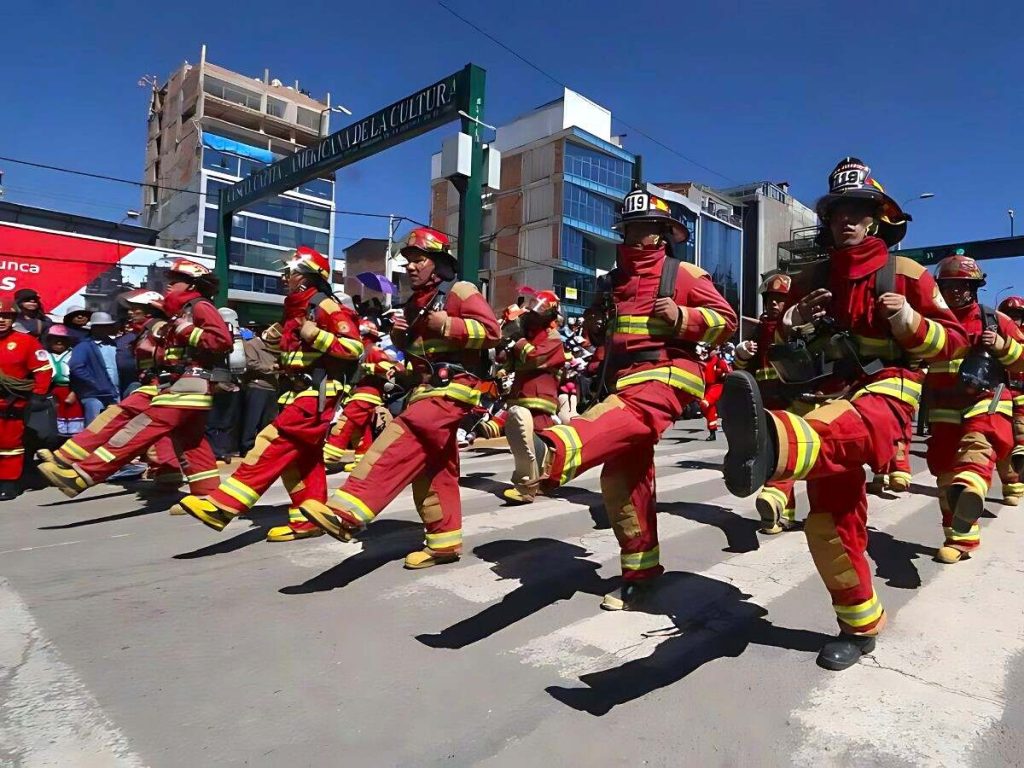
Independence Days in Arequipa
The city of Arequipa also prepares for the festivities with military and institutional parades in its main square. Among the most notable events in the white city are the local fairs and live concerts.
Arequipa not only celebrates its national holidays but also prepares for its anniversary. The festivities feature colorful floats and verbenas parties with food and singing—that stand out.
Independence Days in Puno
Puno, known as the capital of Peruvian folklore, is located 3,827 meters above sea level. The city holds a civic parade along Costanera Avenue. Universities, public institutions, and the National Police participate in the event. One of the most notable events is the flag parade across Lake Titicaca, held by the inhabitants of the Uros Islands. The women, dressed in traditional costumes, sail on totora reed rafts carrying the Peruvian flag.
National symbols
National symbols are official representations that promote Peru’s identity, playing a special role during Peru’s Independence Days. Three of these symbols are the most important:
The Flag of Peru
The national flag of Peru was designed by José de San Martín in 1820, using the colors red and white. It was first raised in 1821 in Lima’s main square. Over time, this national symbol has undergone several important changes. The Marquis of Torre Tagle promoted a new version in 1822, followed by another in 1825. Finally, the current design was established in 1950 during the presidency of Manuel Odría.
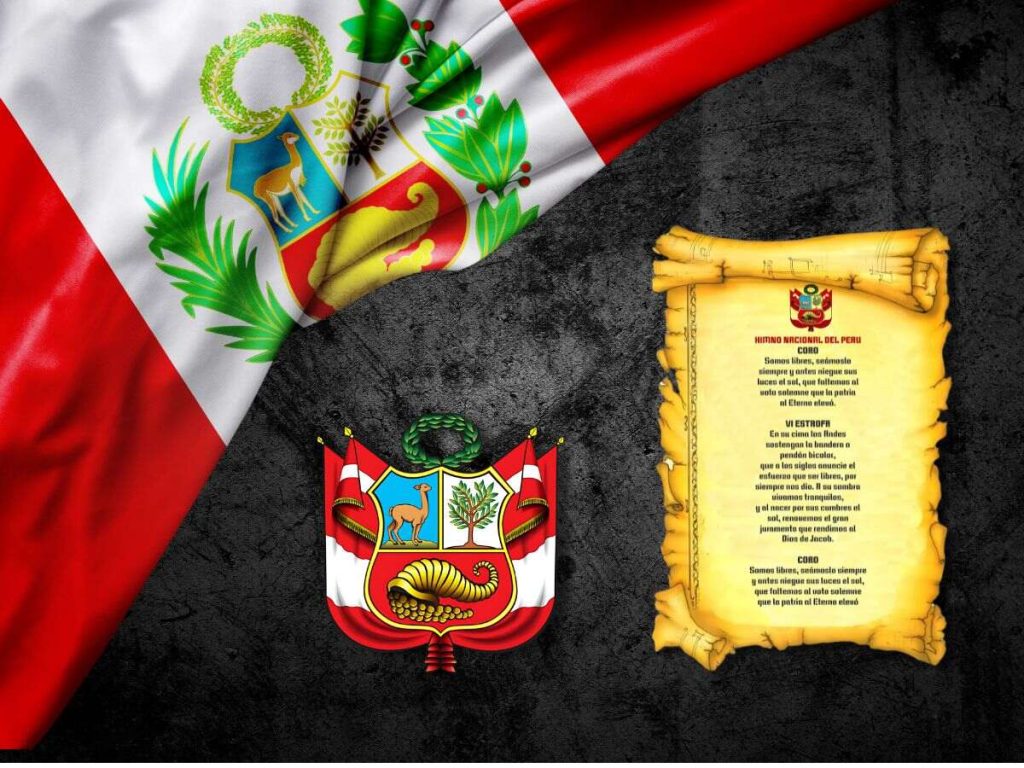
Currently, there are three official versions of the flag:
- National Flag: used by the State and public institutions, which includes the national coat of arms in the center.
- War Flag: used by the Armed Forces.
- Ceremonial Flag: used for official acts and special events.
The National Shield
The National Coat of Arms is one of the most significant national emblems. Created on February 25, 1825, it reflects the diversity and abundance of Peru in three sections:
- The Vicuña: Located in the upper left corner, it symbolizes the richness of the national fauna.
- The Quinua Tree: Located in the upper right corner, it symbolizes the richness of Peruvian flora and the medicinal properties of this plant.
- Cornucopia or horn of plenty: Located below the vicuña and the quinoa tree, it is a figure of a horn pouring out gold coins, symbolizing the mineral wealth of the territory.
The coat of arms is bordered by a wreath made of laurel branches, signifying triumph and honor, and at its sides are the flag and banner of Peru.
The National Anthem
The lyrics were written shortly after Peru’s independence by José de la Torre Ugarte in 1821. The music was composed by José Bernardo Alcedo. Although the anthem originally had several verses, today only the chorus and first verse are sung at official events and national celebrations.
Some facts about Peru’s Independence Days
Here are some additional facts about Peru’s Independence Days during these civic dates.
Why do some people celebrate on July 27th?
On July 27, many workers begin their vacations and prepare in advance to enjoy the two days of national holidays that follow. Among the most common activities are family gatherings or trips to different regions of Peru.
What cultural events usually accompany the national holidays?
In addition to official events, there are music festivals and traditional dances.
Food fairs and sporting events also celebrate Peruvian identity.
These activities bring communities together.
Recommendations
If you’re planning to visit Peru during the national holidays, remember this is a busy travel season.
Both land and air travel get very crowded. Here are some recommendations:
- Book your flights, accommodations, and tours in advance.
- If you’re going to the Military Parade in Lima, arrive early, bring a hat, sunscreen, and water.
- Be careful during holidays: some services may be closed on the 28th and 29th.
- Take advantage of the opportunity to explore Peru, including the cities of Lima, Cusco, Arequipa, Puno, and the north.
- Wear comfortable clothing for hiking and sightseeing.
Tours you can enjoy during Peru’s Independence Days
Here are some tour ideas recommended by our agency to make the most of your stay during these dates:


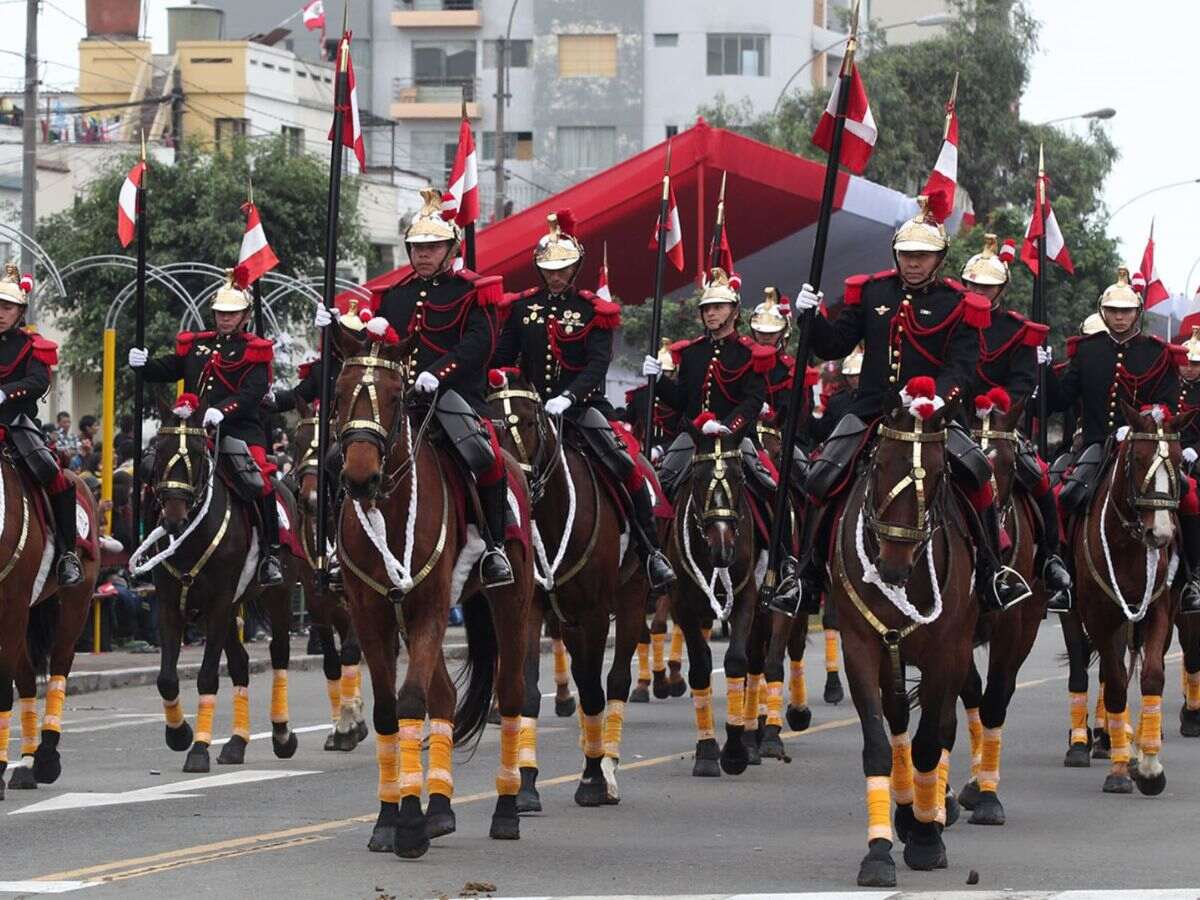
Leave a Reply